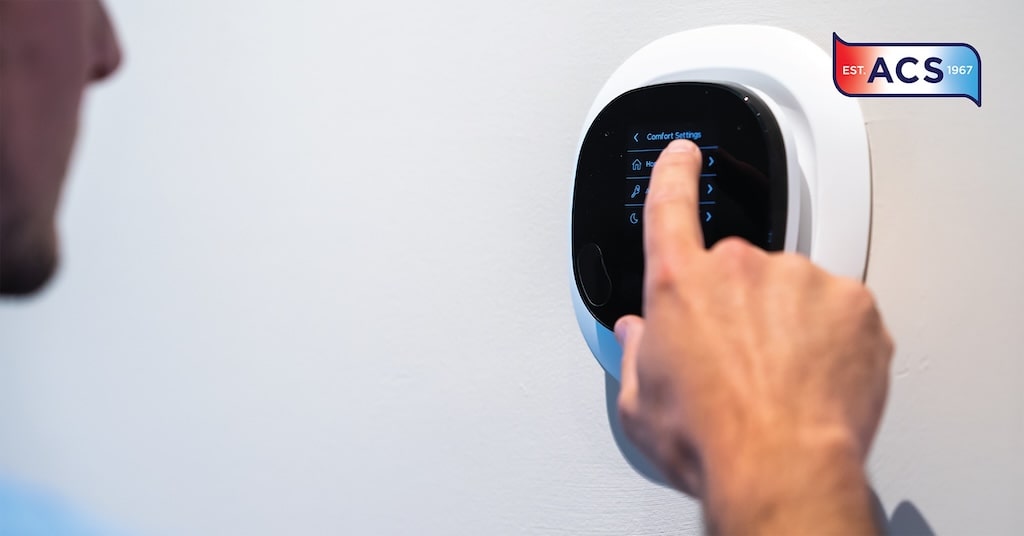What is Indoor Air Quality
Indoor Air Quality (IAQ) refers to the air quality inside a structure as it relates to the health of its occupants. Poor air quality can lead to health issues, including headaches, fatigue, allergy flare-ups, respiratory infections, and decreased lung capacity.
Primary causes of indoor air pollution contributing to these symptoms include fuel-burning combustion appliances, tobacco, building materials, household products, humidification devices, excess moisture, outside sources, or poor ventilation. An indoor air quality monitor can help you determine the pollutants you need to recognize, and a professional such as ACS can help you get rid of contaminants for cleaner, fresher air.
Why Get an Indoor Air Quality Monitor
Indoor air quality monitors alert you to airborne particles, which is especially helpful if you have breathing issues or underlying lung disease. You can effectively determine safety levels and prevent symptoms with a good monitor.
Indoor air pollution varies from space to space and room to room, and an air quality monitor can indicate harm levels according to the exact location. Depending on your location, an indoor air quality monitor can be crucial—for example, if your area is prone to wildfires, a monitor will help determine how bad the smoke levels are inside.
What to Look for in an Indoor Air Quality Monitor
There are many indoor air quality monitors on the market, and it can be difficult to choose one. Looking for a monitor that can measure the pollutants you suspect are in your home is a good way to ensure you’re maximizing your awareness and safety.
Look for a monitor with exceptional measuring parameters that allow you to detect various contaminants. It should be able to measure particulate matter and total VOCs (volatile organic compounds), and though you can’t find this in every indoor air quality monitor, look for one that also measures carbon monoxide and dioxide. We also recommend finding a monitor that indicates humidity and temperature for a full picture of your air quality.
It’s also important that your monitor prioritizes data accuracy to ensure your measurements are correct. Monitors should be compared to regulatory reference instruments in a “co-location” study to determine accuracy and needs for calibration. Timely data collection is also crucial so you can act quickly if something is wrong. Your monitor should also store data efficiently, ideally in the cloud, so that it’s easily accessible and gives you information in real-time.
Finally, find an indoor air quality monitor that can track air quality over time, as pollutants vary and change. It’s helpful to know which exact pollutants are causing issues so that you can take action to remedy your environment.
A good indoor air quality monitor will let you know what’s polluting your space. Once you know, you can hire a professional to handle the situation. At ACS, for example, we replace or clean your air ducts, replace air filters, and install air purification systems. Knowing the exact issue is crucial to properly take care of it. Contact us today if you need help with your monitor or indoor air quality.



